
In summer, Missouri’s roadsides, prairies, and other wild spaces explode with riots of colorful blooms, like nature’s own fireworks display. But flowers don’t just look pretty and smell good.
A flower’s main job is to make baby plants. When pollen from one flower moves to another, it causes the flower to make seeds. Under the right conditions, seeds grow into new plants. Some plants use wind to move pollen. But many plants rely on bees, butterflies, and other animals to act as pollen delivery pilots.
Missouri has over 1,500 kinds of wildflowers. You could spend a lifetime learning to identify them all. The next time you go on a walk, why not start with just 12 showy species?
Pollinators and Predators
Nectar and pollen that flowers produce attracts hard-working bees, butterflies, and other insects — and the predators that prey on them.
Pollinators
Bumblebee: To release stubborn pollen, a bumblebee clamps onto a flower and shivers its muscles. This makes a loud buzz that vibrates pollen out of the flower like salt from a shaker.
Flower Fly: If you saw this insect buzzing around, you’d keep your distance, right? But there’s no need. Even though it looks and acts like a bee, it can’t sting. It’s a harmless fly.
Hummingbird Moth: To reach a flower’s nectar, this day-flying moth is equipped with a freaky long tongue. Some hummingbird moths have tongues that are twice
as long as their bodies!
Predators
Crab Spider: Crab spiders don’t weave webs to catch prey. Instead, they sit atop flowers and rely on camouflage to stay hidden. When a fly buzzes by, the spider pounces.
Wheel Bug: Wheel bugs stab insects using their pointy beaks. Their spit turns a victim’s insides to mush, which the wheel bug slurps up like an insect-flavored smoothie.
Robber Fly: This bug-eyed burglar steals lives. When an insect buzzes by, a robber fly zips off to ambush it. Whack! The robber jabs its knifelike mouth into the insect and injects venom to paralyze the victim.
Black-Eyed Susan
Blooms: May–October
Where: Pastures, prairies, roadsides, and woods
ID Clues: Flowers are 2–3 inches wide with dark-brown, cone-shaped centers surrounded by cheerful, sunshine-yellow petals (each “petal” is actually a flower itself). The leaves and stems feel hairy and scratchy.
Fun Fact: Native Americans boiled the root of this plant to make a tea they used to treat colds and other illnesses.
Compass Plant
Blooms: July–September
Where: Roadsides, fence rows, prairies, and pastures
ID Clues: A compass plant’s bottommost leaves are huge, triangle-shaped, and lobed like an oak leaf. A flower stalk, 3–8 feet tall, has yellow, sunflower-like flowers at the top.
Fun Fact: If you’re lost on a prairie, find a compass plant. The bottommost leaves usually grow with their edges pointing north and south.
Goldenrod
Blooms: August–November
Where: Prairies, weedy fields, roadsides, the edges of woods
ID Clues: Missouri has more than 20 kinds of goldenrod, and they’re often difficult to tell apart. Most have tall stems (3–8 feet, depending on species) topped by many yellow flowers grouped in dense, spear- or club-shaped clusters.
Fun Fact: Contrary to popular belief, goldenrod doesn’t cause allergies. Its pollen isn’t blown by the wind. Instead, insects move it from flower to flower.
Common Milkweed
Blooms: May–August
Where: Almost anywhere, but especially pastures, roadsides, and fence rows
ID Clues: Leaves are oval-shaped, about 6 inches long, and fuzzy underneath. Clusters of pinkish-purple flowers bloom atop the stems. If you break a milkweed’s leaf, milky sap oozes out.
Fun Fact: Milkweed is poisonous, but monarch caterpillars love to eat it anyway. The caterpillars aren’t harmed but become toxic themselves, which prevents birds from eating them.
Wild Bergamot
Blooms: May–August
Where: Weedy fields, prairies, roadsides, the edges of woods
ID Clues: Frilly lavender or pink flowers, which smell good and look a bit like pompoms, bloom atop stems that are 2–5 feet tall. Plants often grow in dense colonies.
Fun Fact: Bergamot is a member of the mint family, and people use its aromatic leaves to make minty herbal tea.
Tall Thistle
Blooms: July–October
Where: Roadsides, pastures, weedy fields
ID Clues: Everything about this thistle is spiky: the leaves and stems have pokey spines, and even the hot-pink flowers look pokey. Thistles often grow 5–10 feet tall.
Fun Fact: American goldfinches line their nests with the long, silky seeds of thistles. Tall thistle is native, but many other thistles are from Europe and crowd out Missouri’s native plants.
Prairie Blazing Star
Blooms: July–October
Where: Prairies and roadsides
ID Clues: Slender plants grow up to 5 feet tall and have grasslike leaves. The stem is topped by a spike of showy pinkish-purple flowers, which some people think looks like a purple cattail.
Fun Fact: Butterflies, bees, and even hummingbirds visit blooming blazing stars to sip nectar and gather pollen. Nine kinds of native blazing stars grow in Missouri.
Tick Trefoil
Blooms: July–September
Where: Edges of woods, wet fields, roadsides, and stream banks
ID Clues: Leaves grow in groups of threes. The purple or pink flowers look similar to the ones on garden peas. Missouri has over 15 kinds of tick trefoil.
Fun Fact: Some people call these plants “sticktights” or “beggar’s lice” because the flat seeds cling to clothes, shoelaces, hair, and animal fur.
Purple Coneflower
Blooms: May–October
Where: Along the edges of woods, roadsides, and prairies
ID Clues: Flowers are 3–5 inches wide with large, brown, cone-shaped centers surrounded by purple petals (each “petal” is actually a flower itself).
Fun Fact: In fall and winter, birds feast on the tiny seeds formed in the flower’s cone. Many people grow this attractive plant in their flower gardens.
New England Aster
Blooms: August–October
Where: Prairies, weedy fields, roadsides, the edges of woods
ID Clues: Missouri has about 20 kinds of asters, but New England aster is our tallest, up to 6 feet. The showy flowers are the size of quarters, grow in clusters, and have golden centers and purple petals.
Fun Fact: This aster’s showy flowers bloom long into autumn, providing lots of nectar to fuel late-migrating monarch butterflies.
Boneset
Blooms: July–October
Where: Weedy fields, roadsides, pastures, along streams
ID Clues: Silky fuzz covers the toothy leaves, giving them a silvery appearance. Near the top of the plant, the stem splits into multiple branches, each topped with an umbrella-shaped cluster of white flowers.
Fun Fact: Pairs of this plant’s leaves are united (grow into each other) around the stem. Because of this appearance, people once made “medicine” from the plant to heal broken bones.
Daisy Fleabane
Blooms: May–October
Where: Pastures, roadsides, fence rows, and prairies
ID Clues: The 1-inch-wide flowers look like miniature daisies. The spear-shaped leaves are larger lower on the stem but get smaller the farther up you go.
Fun Fact: Many people think of daisy fleabane as a weed. But it provides pollen and nectar for many insects and grows quickly on plowed areas, which helps prevent soil erosion.
Butterfly Bombs
Butterfly bombs are little balls made of clay and wildflower seeds. You toss the bombs wherever you want a butterfly garden to grow. Rain will melt the clay and wash the seeds into the ground. In a few months, you’ll have an explosion of wildflowers perfect for any butterflies that flutter by.
Here’s What You Need
- Potting soil
- Powdered clay (available at craft stores)
- Wildflower seeds (Make sure to choose wildflowers that are native to Missouri. Visit grownative.org
- for ideas on which seeds to use.)
- Water
Here’s What You Do
- Prepare to get dirty!
- In a mixing bowl, combine five parts powdered clay, five parts potting soil, and one part wildflower seeds.
- Add a tiny bit of water. You’ll need just enough to make a thick, clay-like dough. Don’t add too much at first. You can always add more water later.
- Use your hands to roll the mixture into balls the size of large gum balls.
- Put your butterfly bombs on an old newspaper and let them harden in a cool, dry place for at least three days.
- Toss your butterfly bombs wherever you want wildflowers to grow.
Make this mini field guide to learn about summer wildflowers
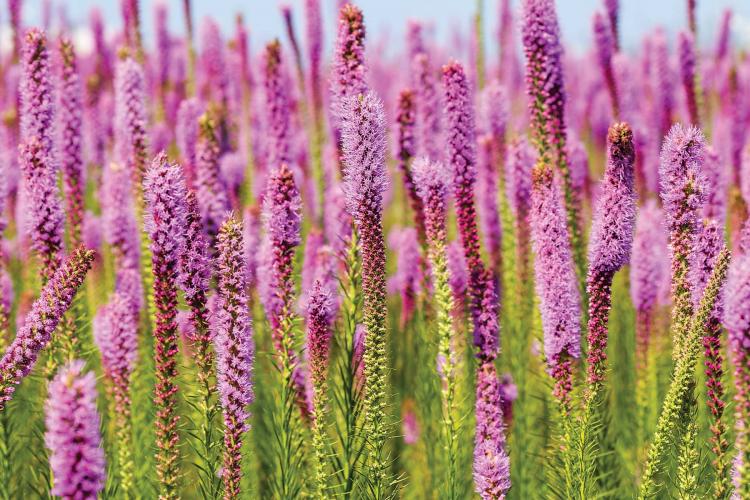




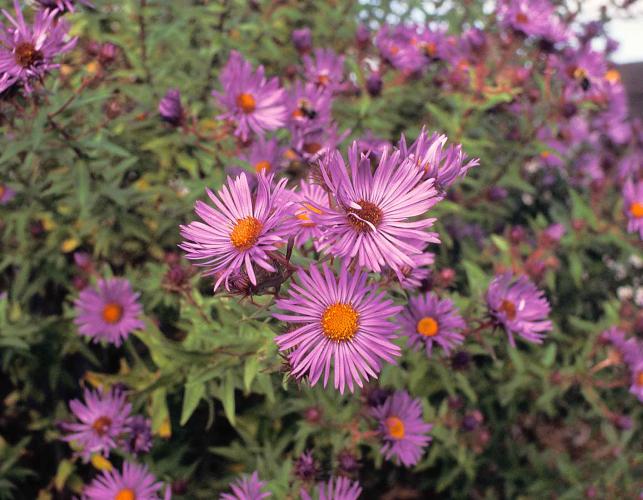
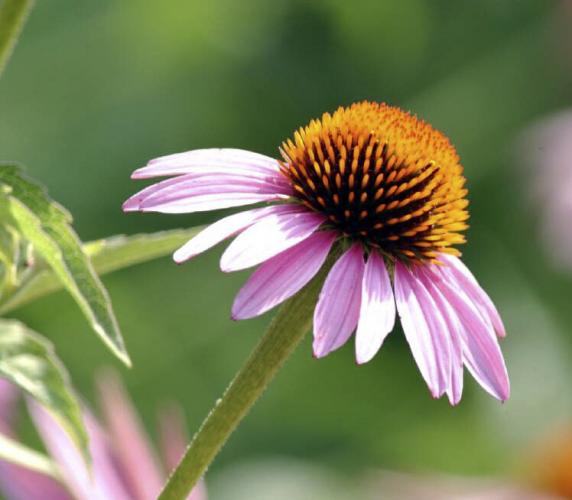
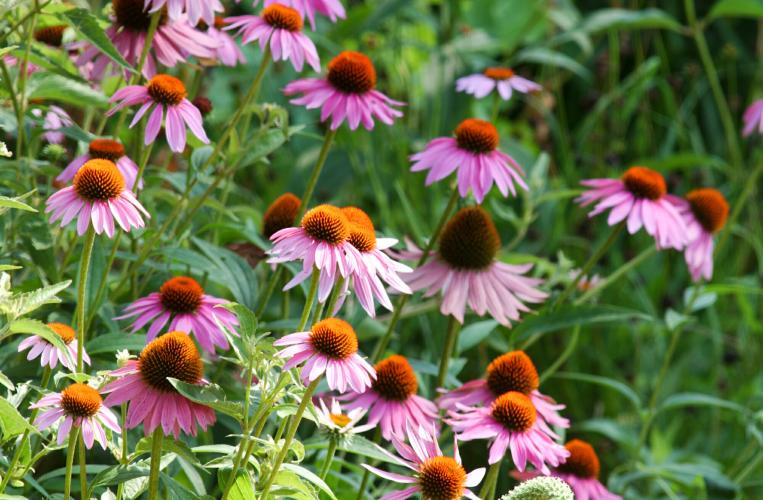
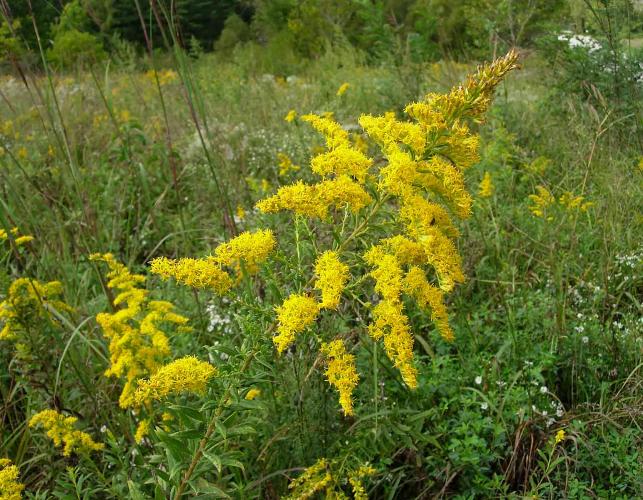

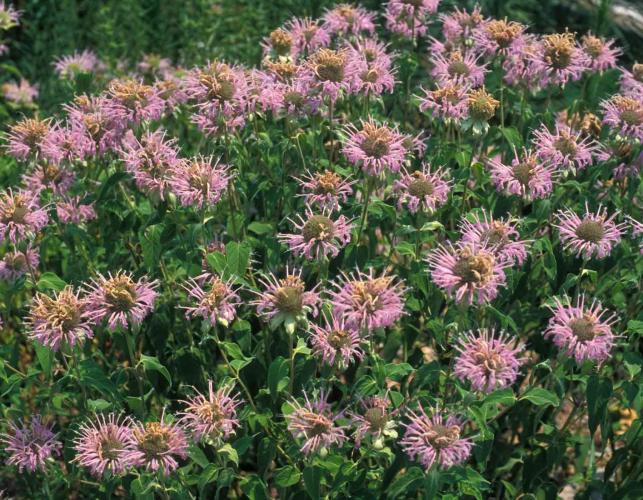
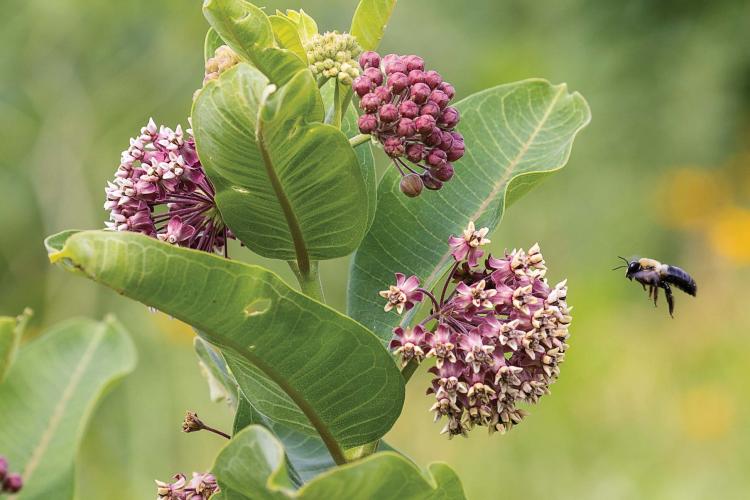

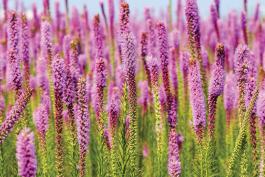
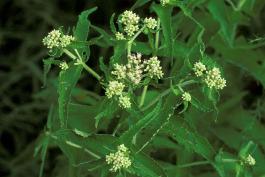
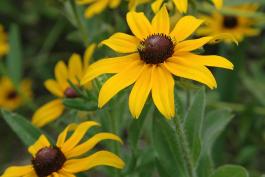
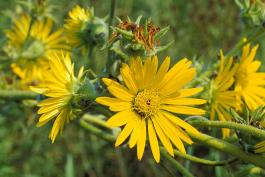

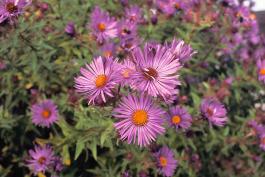

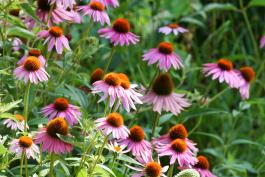





Also In This Issue

Join an all-American couple in their quest to raise a feathered family
And More...
This Issue's Staff
Photographer – Noppadol Paothong
Photographer – David Stonner
Designer – Marci Porter
Designer – Les Fortenberry
Art Director – Cliff White
Editor – Matt Seek
Subscriptions – Laura Scheuler
Magazine Manager – Stephanie Thurber






















